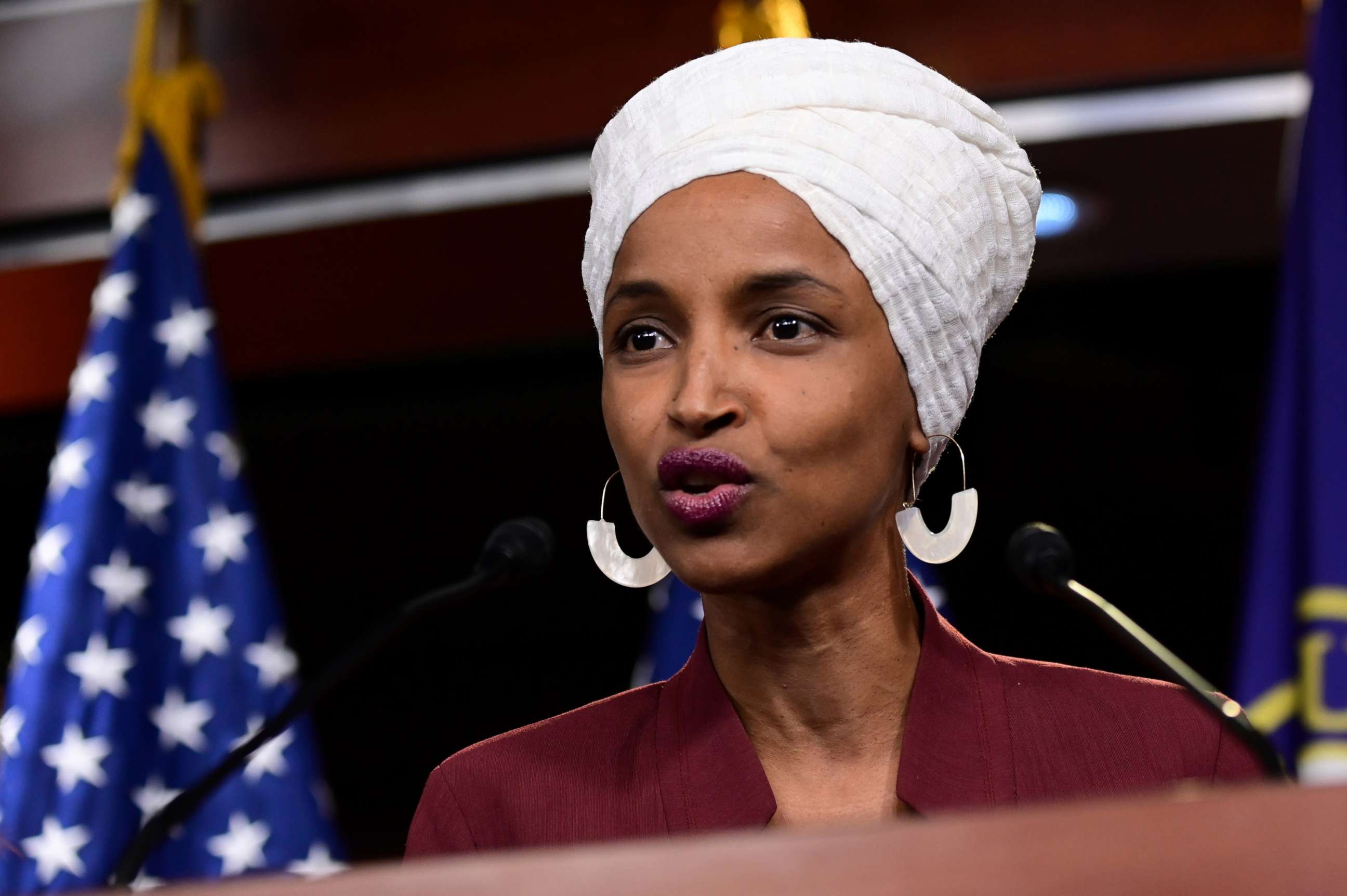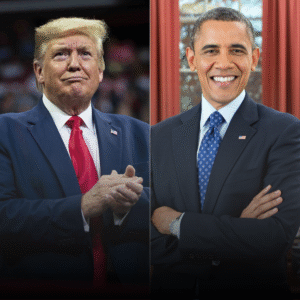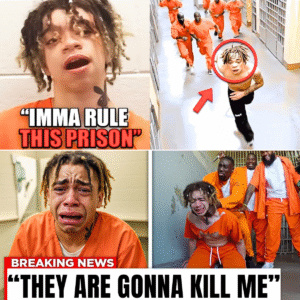Minnesota Voter Fraud Case: What the Facts Show About the Recent Guilty Pleas and Ilhan Omar Speculation
By Marcus Hale, Political Investigations Editor Published October 28, 2025
MINNEAPOLIS — A federal voter registration fraud case in Minnesota has reignited heated debates over election integrity, with conservative commentators swiftly linking it to Rep. Ilhan Omar (D-Minn.) and claims that it vindicates former President Donald Trump’s long-standing assertions of widespread fraud. Two Nevada residents, Ronnie Williams and Lorraine Lee Combs, pleaded guilty in June 2025 to conspiracy charges for submitting between 500 and 600 fake voter registration applications across 13 counties during the 2021-2022 election cycle. The scheme, uncovered by vigilant county election officials, involved fabricating names and addresses to secure payments from an unnamed nonprofit foundation engaged in voter outreach. While the case highlights vulnerabilities in third-party registration drives, officials emphasize that Minnesota’s safeguards prevented any invalid votes from being cast—and there’s no evidence tying it to Omar or systemic election tampering.
The guilty pleas, unsealed in federal court, detail how Williams and Combs—paid per form—created fictitious registrations using non-existent individuals, targeting counties including those in Omar’s 5th Congressional District. Combs admitted to preparing over 500 forms herself, per court documents and her statements to the Minnesota Star Tribune. The foundation, which received nearly all its funding from state and federal grants for civic engagement programs, forwarded the applications to local election offices without vetting. Federal prosecutors described it as a “conspiracy to commit voter registration fraud,” motivated by financial gain rather than partisan influence.
How the Fraud Was Uncovered—and Stopped
The plot unraveled in summer 2022 when election workers in Carver County flagged anomalies: names and addresses that didn’t match local records. “It was some sharp election workers who realized the names and addresses on the voter registration forms didn’t match with any county residents,” said Rep. Kristin Robbins (R-Maple Grove), chair of the Minnesota House Fraud Prevention Committee, during an October 14 hearing. Officials, guided by the FBI, handled the forms with gloves to preserve evidence and routed them directly to state elections director Paul Linnell.
Minnesota Secretary of State Steve Simon, testifying before the committee, credited the state’s multilayered verification system: cross-checks against postal records, interstate voter databases, and the Statewide Voter Registration System (SVRS). “This is a case of individuals who conspired to submit false voter registrations. This is not a case about fraudulent votes, and this is ultimately a case of the system working,” Simon stated. His office coordinated with all 87 counties to ensure no fraudulent applications were activated, and no absentee ballots were requested or cast. “The extensive checks… ensured that the fraudulent applications were immediately flagged, and no ineligible votes were cast,” Simon added in a June statement.
The hearing revealed the foundation’s heavy reliance on taxpayer dollars—99% of its budget from grants—for voter outreach, raising bipartisan questions about oversight. Robbins pressed for details on why bulk submissions weren’t pre-screened: “They hired people with state dollars who then used that to create fake voter registrations.” Simon pledged further transparency, including a follow-up letter detailing affected counties and remaining “challenged” records in SVRS.
| Key Case Details | Description |
|---|---|
| Perpetrators | Ronnie Williams and Lorraine Lee Combs (Nevada residents) |
| Scope | 500–600 fake applications; 13 counties, including Omar’s district |
| Timeline | 2021–2022 election cycle |
| Motive | Paid per form by unnamed foundation (grant-funded) |
| Outcome | No fraudulent votes cast; guilty pleas to conspiracy charges |
| Detection | County officials flagged mismatches; FBI/SOS intervention |
Data compiled from federal court documents and state hearings.

The Ilhan Omar Connection: Speculation vs. Evidence
Social media erupted with claims that the fraud “proves Trump was right” about rigged elections, often tagging Omar as the “architect.” Posts like “Ilhan Omar Involved In Massive Voter FRAUD… DEPORT HER!” amassed thousands of views, echoing 2020 Project Veritas videos alleging ballot harvesting in her district. YouTube videos titled “Trump VINDICATED as MASSIVE Voter FRAUD in Minnesota EXPOSED!!” and “What’s REALLY Behind ILHAN OMAR’s Minnesota Voter Fraud Scandal” racked up millions of impressions, speculating ties to Somali nonprofits.
Yet, federal charging documents and state investigations make no mention of Omar, her campaign, or any elected official. The foundation remains unnamed, described only as a voter outreach entity. Simon’s office and the U.S. Attorney’s Office confirmed the fraud was isolated to the two individuals, with no broader network implicated. “There were no ballots cast in connection with this,” said Cassondra Knudson, a spokeswoman for the Secretary of State.
Omar, a vocal critic of voter ID laws whom she calls “suppression tactics,” has faced similar accusations since 2018, including Project Veritas claims of “cash-for-ballots” in Minneapolis’s Somali community. Those videos, promoted by Trump, led to police reviews but no charges; key sources later recanted, admitting bribes to lie. Fact-checkers like Snopes and PolitiFact rated the links to Omar as false or misleading. Her office reiterated: “No one shown in the video was in any way a part of or related to Ilhan for Congress.”
Experts caution against conflating isolated incidents with systemic fraud. “Voter fraud does happen occasionally… but the country’s processes provide many safeguards that generally keep it detectable and rare,” Simon noted. A 2020 Heritage Foundation database logs just 1,500 proven fraud cases nationwide since 1982—far from the “mountains” alleged by critics. Robbins, while praising the system’s response, called for reforms like pre-vetting bulk registrations to “catch election fraud upstream.”

Broader Implications: Trump’s Legacy and Election Trust
Trump’s fraud narrative, amplified during his 2020 loss in Minnesota by 7 points, persists in 2025 amid his second term’s probes into voting laws. Supporters on X hailed the case as “proof,” with #IlhanOmarFraud trending briefly. Yet, as Simon testified, “Our message to would-be fraudsters is clear: If you try to trick… you will be caught and prosecuted.” The case, while serious, underscores safeguards’ efficacy—not a “lid blown off” conspiracy.
As midterm elections near, Robbins’ committee seeks more data, including grant audits. For Omar, the speculation adds to her polarizing profile, but without evidence, it risks deepening divides. “Election fraud strikes at the heart of our democracy,” Acting U.S. Attorney Joseph Thompson said. In Minnesota, at least, the heart beat on—fraud stopped cold.





